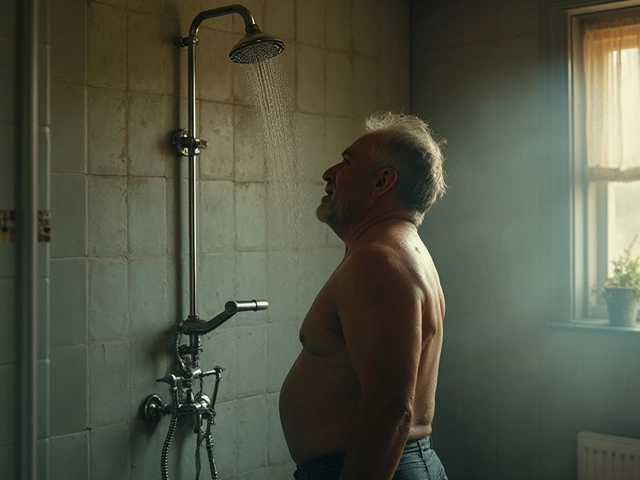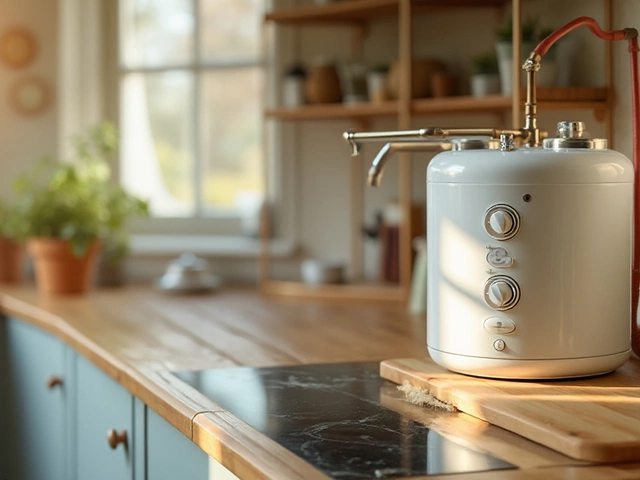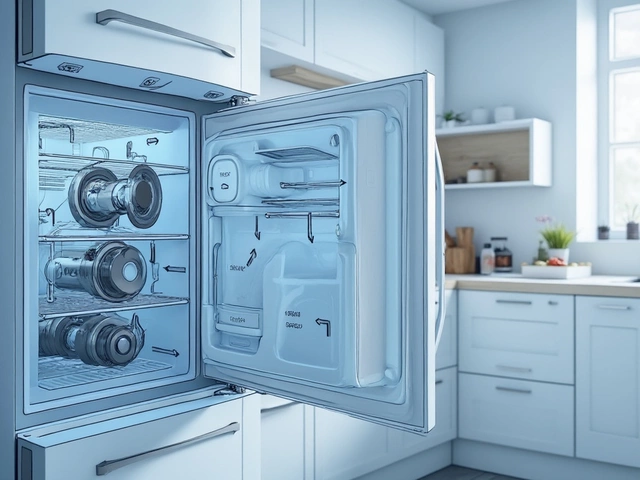DIY Electrical: Everyday Fixes You Can Do Yourself
Got a kitchen fan that hums but won’t spin? An oven that won’t heat? You don’t always need a tradesperson for simple electrical hiccups. With the right safety steps and a few tools, you can sort out many problems on your own and save both time and money.
Safety First – How to Protect Yourself
Before you touch any wire, make sure the power is off at the consumer unit. Use a voltage tester to double‑check that the socket or appliance is dead. Wear insulated gloves and keep your work area dry. If you ever feel unsure, it’s smarter to call a qualified electrician – a short call is cheaper than a costly mistake.
Common DIY Electrical Jobs and Quick Fixes
1. Resetting a Tripped Circuit
Many appliances stop working because the circuit breaker has tripped. Locate your breaker panel, find the switch that’s in the ‘off’ or middle position, and flip it fully to ‘off’ then back to ‘on’. If it trips again, the appliance may have a deeper fault and needs professional attention.
2. Replacing a Faulty Extractor Fan Motor
Fans are one of the easiest fixes. First, disconnect power. Remove the fan cover – usually a few screws or clips. Take out the old motor, noting how the wiring connects (take a photo if needed). Fit the new motor, reconnect the wires the same way, secure the cover, and restore power. The fan should run smoothly.
3. Fixing an Oven That Won’t Heat
Check the oven’s heating element with a multimeter. Set it to resistance mode; a healthy element typically reads between 20‑60 Ω. If it shows infinite resistance, the element is broken and should be swapped. While you have the oven open, inspect the wiring for loose connections or burnt spots.
4. Re‑wiring a Light Switch
When a switch feels loose or the lights flicker, the internal contacts may be worn. Turn off the circuit, remove the switch plate, and note which wires are on the ‘live’ (usually red/brown) and ‘neutral’ (black/blue) terminals. Replace the old switch with a new one, attach the wires to the matching terminals, tighten the screws, and restore power. The light should stay steady.
5. Dealing with a Tripping Water Heater
Water heaters often trip because of a faulty thermostat or a buildup of sediment causing overheating. Shut off power, remove the access panel, and feel the thermostat for any obvious cracks. If it looks damaged, replace it – it’s a small part and fits the same screw holes. Clean any visible sediment, then re‑assemble and test.
These fixes cover the most frequent DIY electrical issues in a typical home. Keep a basic toolbox handy – screwdrivers, pliers, a multimeter, and a voltage tester will get you through most jobs.
If a problem feels beyond these steps – like persistent breaker trips, signs of burning, or a water heater that only gives cold water – it’s best to call a professional. Trying to force a repair can create fire hazards or damage expensive appliances.
Remember, doing your own electrical work is empowering, but it comes with responsibility. Follow the safety checklist, double‑check every connection, and don’t rush. With a bit of care, many simple electrical glitches become quick wins you can brag about at the next family dinner.






